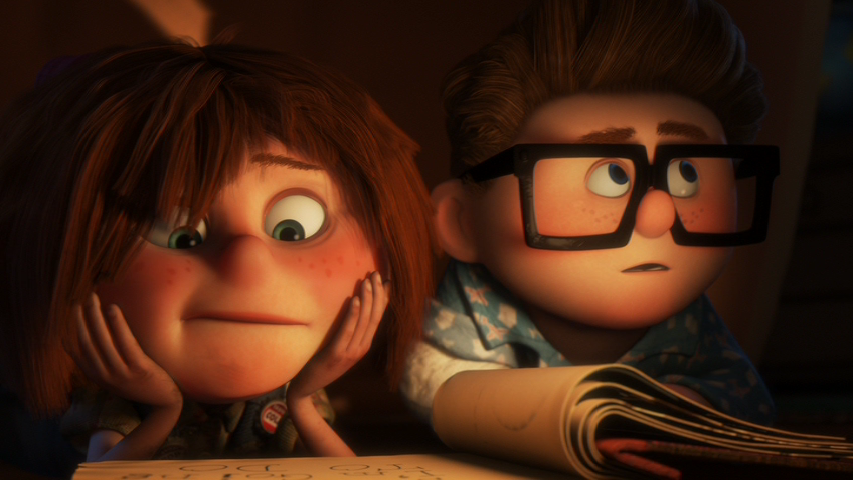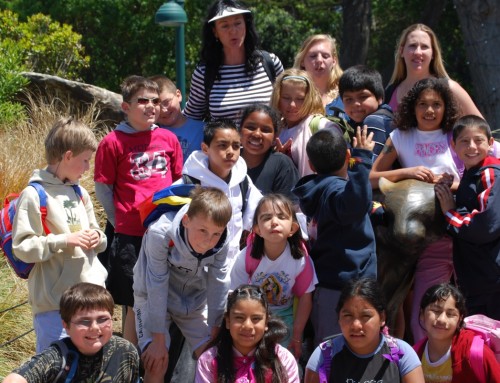A journey to language…
I frequently get asked this question. Can my non verbal child learn language? What is often forgotten is that hearing impaired children have been communicating very successfully for generations. In fact, profoundly deaf children have also learned how to form words, articulate and speak in the hearing world.
I remember meeting John Moore, a principal of an elementary school in Brea, Orange county, California. He had been recommended to Val and I as a good person to speak to about managing special needs and developing language. What I did not know was that this unassuming man was not only the principal of a very large elementary school but was profoundly deaf, yet just as articulate as anyone you might meet. In a wide ranging conversation he also shared with us that he had been told as a youngster that he would never amount to much. It was one of those very special days for Val and I in that it gave us a belief in what might be for Conor and Eoin. Sure, the boys had multiple disabilities beyond deafness but this man had learned how to communicate over 40 years ago. Before PC’s, internet, mobile phones and color TV. I had also recently seen John Hurt’s movie, “Children of a lesser God” relating how society viewed those who were deaf and “dumb”. Here was a man who had transcended all of this and was an educational leader within his substantial community. And from this he possessed a wonderful belief in the possible.
 This was a very important meeting for us because it showed how learning differences could be overcome. Not just simply finding ways to accommodate communication challenges but also to carry this forward into society at large. It was people like this man who took the “dumb” idea out of deafness. This was so very important to Val and I, because we were generally considered to be parents in denial. When we spoke about how intelligent the boys were, professionals would just glaze over. Their was a soft resistance to what might be and an intense aura of a very limited future. Much as society once viewed children and adults who presented as deaf. In this I was living what was to me a great dichotomy. My career of 20 years in medical research was all about the possible, improving outcomes for patients with coronary disease the world over. It was clear to Val and I that if the boys were going to succeed new thinking was needed. But where was this thinking to come from?
This was a very important meeting for us because it showed how learning differences could be overcome. Not just simply finding ways to accommodate communication challenges but also to carry this forward into society at large. It was people like this man who took the “dumb” idea out of deafness. This was so very important to Val and I, because we were generally considered to be parents in denial. When we spoke about how intelligent the boys were, professionals would just glaze over. Their was a soft resistance to what might be and an intense aura of a very limited future. Much as society once viewed children and adults who presented as deaf. In this I was living what was to me a great dichotomy. My career of 20 years in medical research was all about the possible, improving outcomes for patients with coronary disease the world over. It was clear to Val and I that if the boys were going to succeed new thinking was needed. But where was this thinking to come from?
Surely given advances in technology we could go that extra mile? If they could figure it out then, surely we could now?
Teaching visually intelligent children language does not require verbal skills. In fact you can start from zero language grow from there!
It seems a real vexing question: how can you teach language to an autistic child that has no language? When I speak about the ALL program and how we start teaching nouns, verbs and even emotions in the early contact months many parents are discouraged. I just can’t see my autistic son picking up language all of a sudden when he has nothing to speak of after years of trying.
This was very much the case with our boys and particularly Conor. At age 10 he had no language at all. Nothing, no speech, no sign language, no literacy, none. And he was a very frustrated young man. So much so that one day when Val took him shopping in Safeway he just exploded and smashed every bottle he could lay his hands on in the wine section. It was a really bad time for us, to be honest, the boys were just cracking up and Val and I were not far behind.
Yet in the midst of this we both felt strongly that the issue was language, or the lack of it. And we also could see that the boys learned visually. So I started to work with the boys using the one thing they universally loved, Disney animation.







Leave A Comment